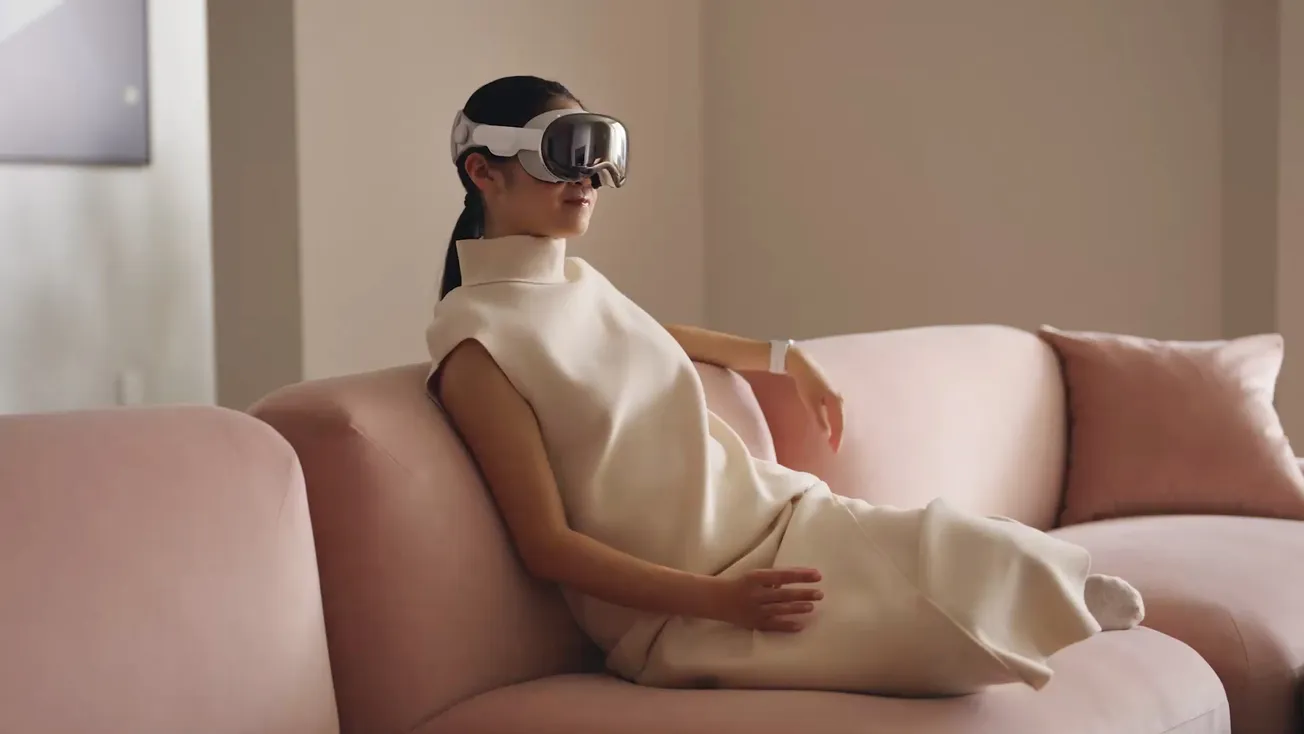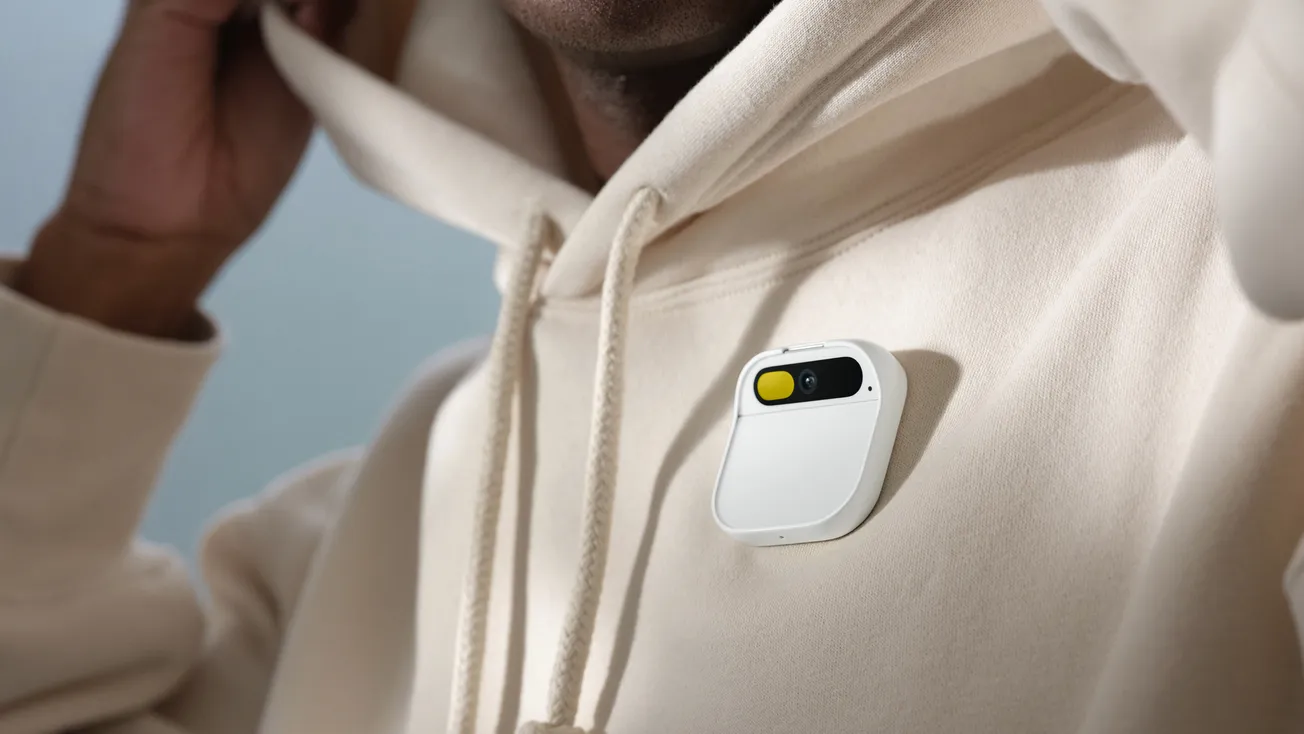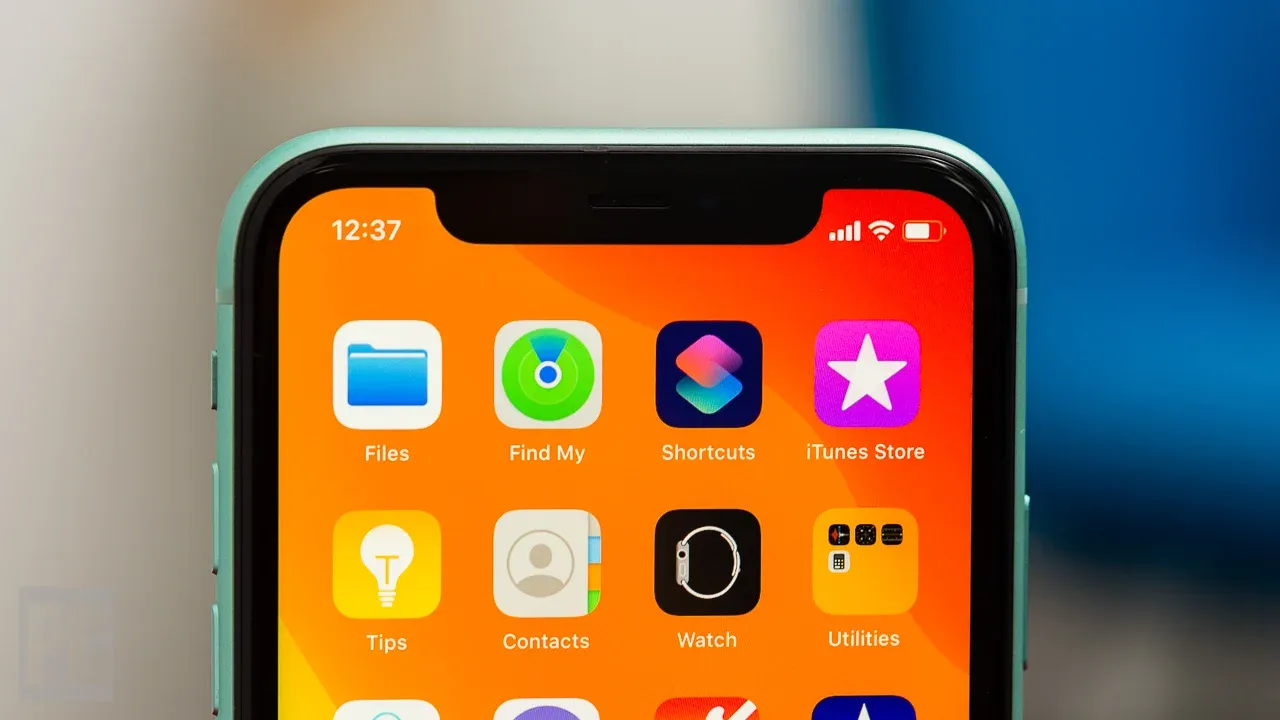You may have come across the news about Apple's latest device, the Vision Pro, Apple’s headset that’s worn on the face, or as Apple calls it, the first computer made by Apple that you look through and not look at.
As anticipated with Apple products, reports suggest that the Vision Pro is a meticulously crafted device with top-notch and costly components. Apple stands out as a company known for setting exceptionally high standards, resulting in the creation of an innovative and groundbreaking device built with utmost precision. Assessing the gadget solely as a standalone product is challenging, since there is currently nothing in the market that can be directly compared to it. Therefore, it is more fitting to delve into the underlying idea behind this product and the narrative that Apple has presented to us.
Starting with the name, while many pundits seem to appreciate it, personally, I have some reservations. The chosen name feels somewhat unconventional as it represents the concept rather than directly referencing an object. Consider if the iPhone had been named iCommunication, or the Apple Watch had been called Apple Time, or even if the AirPods were labeled Apple Sound, or the Mac being referred to as Apple Computation. The term "Vision" appears to define the abstract idea rather than describing the physical device. It's not necessarily a poor choice, but it deviates from their established pattern to suddenly use metaphorical names.
I also had concerns regarding Apple's classification of the product as an AR (Augmented Reality) device. While I understand Apple's intention to differentiate it from VR (Virtual Reality), labelling it as AR doesn't seem entirely convincing to me. Personally, I would refer to it as a Mixed Reality (MR) device, as it uses digital displays and pass-through video. When using the Vision Pro, users don't directly see the world around them but instead observe it indirectly with digital content augmenting it.
I believe the Vision Pro faces a similar challenge that the Apple Watch encountered upon its introduction. Apple did not anticipate the way users would ultimately utilize the device. They initially envisioned it as a platform for apps and communication, but it ended up being predominantly sought after for its health and fitness features, as well as notifications. Similarly, with the Vision Pro, Apple might be uncertain about its potential uses and, as a result, they seem to be exploring various possibilities to see what resonates with users. It appears they are taking a "throw everything at the wall and see what sticks" approach to discover the device's true value and applications.
In my opinion, the Vision Pro may not find a future as a productivity tool or for using apps like a computer, despite Apple's strong emphasis on this aspect. While it could be utilized for meetings and video calls, I find it unlikely that people would choose this device as their primary means of getting work done. However, what I find most compelling about the Vision Pro is its potential as a consumption device. It excels in providing an immersive experience for watching movies, TV shows, spatial photos, videos, and playing games. Surprisingly, during the presentation, I felt that Apple placed unnecessary focus on the productive aspects of the device and failed to dedicate sufficient time to discuss its gaming capabilities.
This raises the question of what the long-term vision for the Vision Pro device truly is. Tim Cook has mentioned on multiple occasions that a pair of glasses represents the ultimate vision for augmented reality (AR). However, considering the strengths of the Vision Pro, which lie in the consumption of fully immersive content, it becomes unclear how this particular device will pave the way for a future with AR glasses. The focus on immersive content consumption seems to diverge from the concept of lightweight and everyday-wearable AR glasses. The connection between the Vision Pro and the envisioned future with AR glasses is not evident based on the current understanding of the device's capabilities and purpose.










